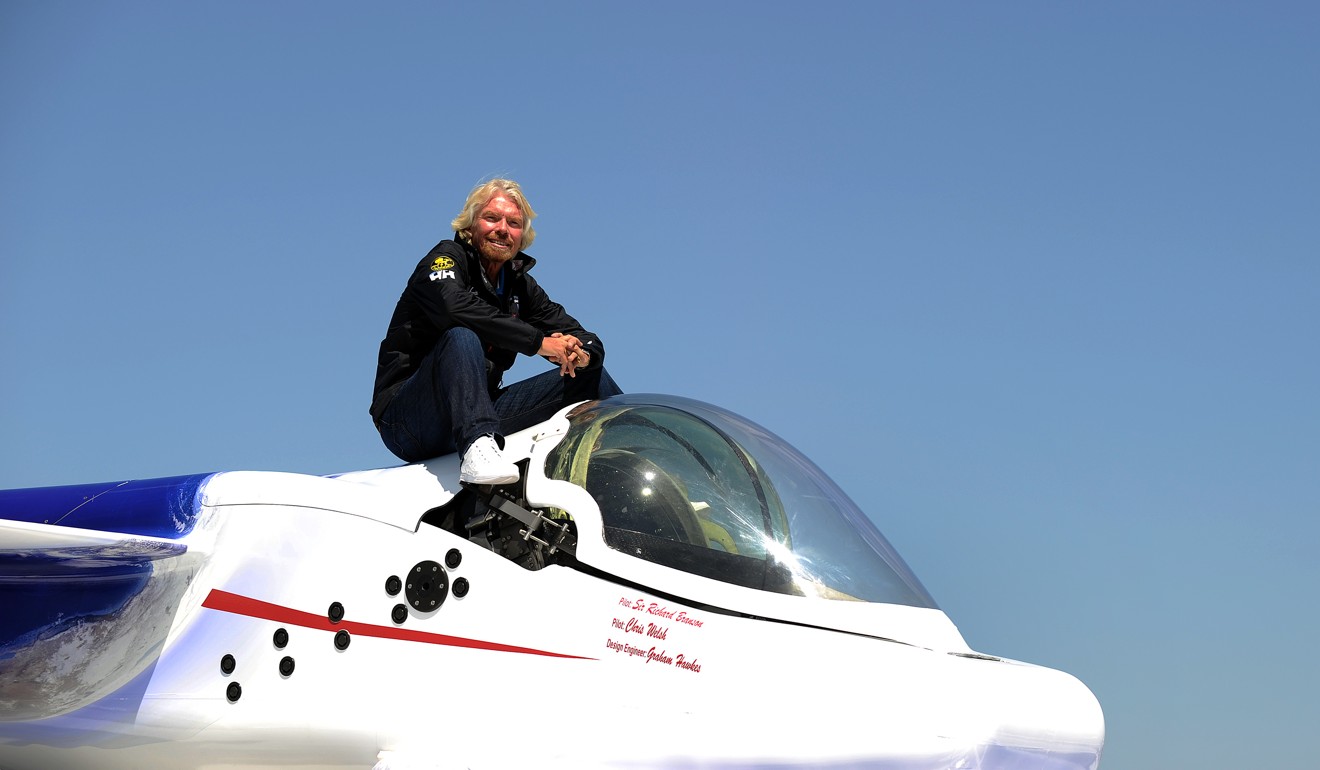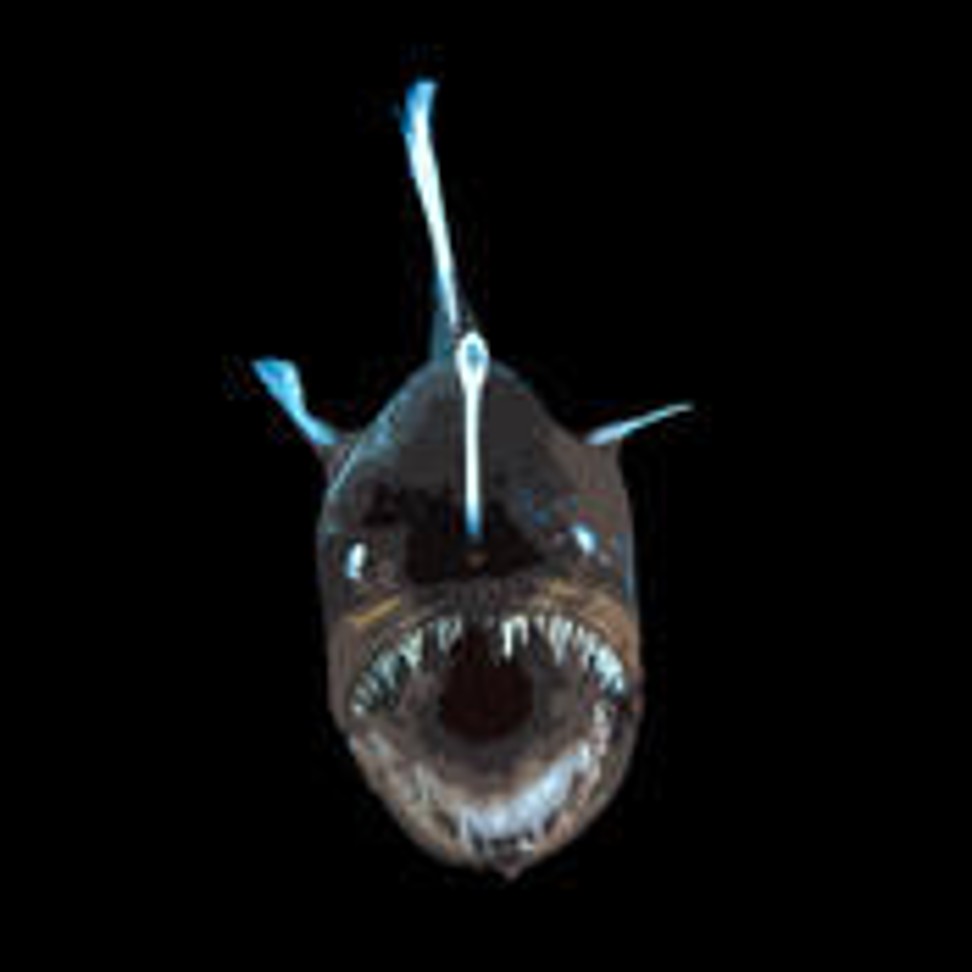
Your next adventure holiday could be along the ocean floor
For a very select few, the idea of rocketing into orbit is ridiculous when you can
descend into the depths of the world’s oceans – you are more likely to spot aliens (or at least, alien-looking creatures) in the ocean than in outer space
In 2012, film director James Cameron descended nearly 11,000 metres into the sea, to the deepest place in the world’s oceans, The Challenger Deep, located in the Marianas Trench near Guam. Cameron was already known for films about the sea and the ocean depths. His dive in a custom-built submersible was only the second manned trip to the deepest part of the ocean. The first was in 1960.
Cameron’s dive marked the end of a competition to return to the bottom of the ocean. Two other companies, Triton Submarines and Doer Marine, were also planning super-deep diving submersibles of their own. A team funded by Virgin founder Richard Branson was also in the mix.
After Cameron’s dive and significant attention around the feat, the interest in super-deep diving submersibles tailed off. Thanks to the release of BBC nature series Blue Planet 2, which has an episode featuring footage that was taken thousands of feet below, the race to visit the deepest parts of the ocean seems to have been reignited.
The growing popularity and availability of recreational submersibles have also helped. In the past decade, submersibles have become collector’s items on some of the world’s most famous superyachts. Dutch builder Uboatworx pioneered stylish, brightly coloured submersibles that can descend to 200 metres – already a substantial depth.
Submersibles can now be found on yachts as small as 40 metres in length overall. And cruise ships, including Hong Kong-based Dream Cruises, are using them for guest experiences. Uboatworx is now a regular exhibitor at the Monaco Yacht Show.
But a daring few, such as Cameron, as well as Microsoft co-founder Paul Allen, Richard Branson, Eric Schmidt of Google and Ray Dalio, the hedge fund manager who is said to have a fleet of submersibles, are keen to go as deep as possible. Branson was among the competitors to get to the bottom back in 2012.
Really deep dives require sturdy construction and clever engineering. Water pressure increases at the rate of about one atmosphere per 10 metres; one atmosphere is the air pressure that we “feel” standing at sea level – about 14.7 pounds per square inch. At 10 metres underwater, the pressure we feel is twice that of standing at sea level. To reach the Challenger Deep at 10,900 metres requires a vehicle able to withstand more than 1000 atmospheres – about 16,000 pounds per square inch.
Aside from pressure, there is lack of sunlight. Beyond 200 metres, there is almost complete darkness, and sea creatures have evolved to deal with darkness and immense pressure. It is from this point downwards that a journey into a truly alien world begins.

There are just a few companies that are serious about building submersibles. Seamagine, Deepflight and Uboatworx concentrate on tourism, with Deepflight in particular building models designed to be launched from shore, letting resort guests fly down to coral reefs and schools of reef fish.
Two companies – Triton Submarines and Oceangate – have been working on seriously deep-diving submersibles. Deep Ocean Exploration and Research (Doer) Marine, which was founded in 1992 by legendary undersea explorer Dr Sylvia Earle, tested materials and provided research support for James Cameron’s dive.
Stockton Rush, CEO of Oceangate, in a speech to the Explorers Club in New York in 2017, said that, as of that moment, there were only four submersibles capable of going to the average oceanic depth of 4000 metres. These submersibles had been funded and built by governments and research institutes, with little thought to cost and commercial use.
Rush decided to build a submersible capable of taking tourists to the Titanic, some 4000 metres down. The idea was to create a new way of funding deep dive expeditions – getting tourists to pay for the visit, while still doing research.
Thus far, private investors, who will presumably be among the first paying passengers to the Titanic as well, are financing Oceangate. “There are lots of things to explore, but the Titanic is easy to market,” he says. Ultimately, Rush wants to create a new wave of experiential, super-exclusive tourism on the ocean floor.
In a recent interview with The Peak, Rush said three positions were left for the first expedition to the wreck of the Titanic, which is now slated for June 2018. For June 2019, there are 19 positions available.
Using new materials, Rush has developed a submersible built largely out of carbon fibre, a material he calculates as three times better than titanium in terms of strength-to-buoyancy ratio – a key design element for submersibles. The hull was designed in partnership with Boeing’s submersibles division.
Guests on-board will be able to see out a 14-inch porthole at the wrecked hull and the debris field, while 4K cameras feed to large computer screens, opening up even more fields of view. Moreover, guests will be taking part in the research work being done on the wreck.
Sea trials on Titan have already begun in Seattle.
John Ramsay, chief design engineer for Triton Submarines, says that building submersibles to go very deep is now about keeping the interest of a small but dedicated group of ocean enthusiasts. “Ultra-deep diving submersibles are a critical part of Triton’s future development and an area of intense focus right now. More and more of our clients have expressed interest in exploring the most remote areas of the world’s oceans, known as the Hadal zone, which lies between 6,000 and 11,000 metres (20,000 to 36,000 feet),” said Ramsay.

For several years, Triton has had in its design portfolio a three-man submersible meant to dive to 11,000 metres. Most recently, Triton submersibles appeared on the recently released Blue Planet 2 series, narrated by Sir David Attenborough. The Tritons were supplied by Ray Dalio’s expedition yacht, Alucia, a 56-metre vessel that looks more at home in a remote area of the Arctic than in Monaco. Dalio put the yacht at the disposal of the BBC team doing the filming.
Whereas Oceangate’s Titan is a cylinder made of five-inch thick carbon fibre, capped on either end with a titanium lid, Triton’s submersible design is centred on an acrylic ball (as most submersibles are) which houses the pilot and passengers. The deepest diving submersible Triton has developed, the 7500, can reach depths of 2200 metres. Passengers can descend into total darkness, viewing extraordinary seas from within an acrylic ball, breathing normally and listening to music. To reach those depths, the pressure hull’s surface is nearly a foot (300mm) thick of acrylic.
Triton’s design for a submersible to go to 11,000 metres is also based on an acrylic ball.
Camiel Brants, technical director for Uboatworx, says that his firm can build submersibles that go as deep as 3000 metres, noting that one of the big challenges is building acrylic balls and view ports that withstand the pressure, yet still offer an optically-perfect view of the underwater terrain. Brants adds that his firm has even developed underwater toilets, to allow passengers to stay down for extended periods. This, rather than power or oxygen supplies, is one of the main endurance limitations to exploring the ocean floor.
For its part, Triton is involved in a new expedition series, Nekton 2, supplying its submersibles in support of massive research project in the Indian Ocean, beginning this year.
The deep oceans are probably the least understood parts of our planet, but climate change and the role oceans play is pushing scientists and explorers into the depths.
The Chinese, Rush has said, are spending 10 times what the US spends on deep diving technology. Liz Tayler, president of Doer Marine, echoes the view: “With strong backing from their (China’s) government and private investment, they are leaving the rest of the world on the beach.” Rainbowfish Ocean Technology out of Shanghai has stated their wish to land a three-person submersible on the bottom of the Challenger Deep in 2019. While Taylor reckons that the effort is as much about national pride and national engineering ability, the publicity it creates will keep attention focused on the parts of the Earth that are out of sight – the bottom of the sea.
Try out a submersible
Deepflight, which pioneered a submersible that flies underwater, has partnered with Shanghai-based Rainbowfish Ocean Technology to offer its submersibles, which can be launched from shore to selected resorts around the world, starting with the Maldives, this year.
The nearest place to try a submersible is to stay at Laucala Island, the private island resort in Fiji, where a Deepflight submersible can be launched off the beach.
Dream Cruises, owned by Genting Hong Kong, has added submersibles to its flagship cruise liners, Genting Dream and World Dream. Each ship now has a Uboatworx C-Explorer 5, which can take up to five passengers to depths of 200 metres.

